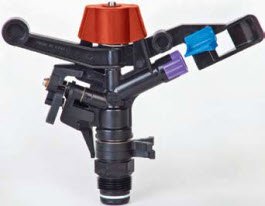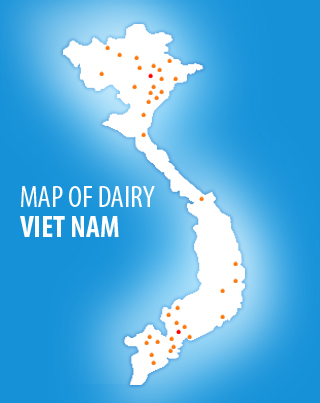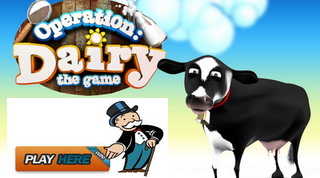Dairy in the World
Feel the Power of Amarillo’s Milk Boom Where Over 1,100 Loads Leave Daily
In the heart of the U.S., a dairy revolution is thriving. The ongoing migration of dairies to the midsection of the country represents both a challenge and an opportunity for the industry. Gregg Doud, president and CEO of National Milk Producers Federation (NMPF), highlights the logistical hurdles faced by dairies out west, where the railroads complicate commodity transportation. Despite these obstacles, the midsection — particularly around Amarillo, Texas — is experiencing a surge.
“If you draw a 300-mile radius around Amarillo, Texas, today, that’s 1,100 semi loads of milk a day,” Doud explained at the 2025 Western Dairy Management Conference in Reno, Nev., further projecting it’s likely closer to 1,500 loads.
Cultivating New Opportunities
Producers are not just focused on dairy — they’re strategically expanding into forage production across southwest Kansas, western Nebraska, and the Texas Panhandle. As Doud notes, “They need to grow more forages and import the corn from nearby states.”
This approach not only fortifies the local economy, but also sets the stage for broader livestock industry expansion in these regions. The future of the dairy industry is being seeded today, with an eye on increased production and sustainability.
“That’s where I see the future of the dairy industry lies,” he says.
Investing in Infrastructure
Michael Dykes, the president and CEO of the International Dairy Foods Association (IDFA), shares an optimistic perspective on the industry’s trajectory, fueled by an $8 billion-plus investment in processing infrastructure. He emphasizes not only the nutritional value of dairy products, but also the adaptability and ingenuity of American dairy farmers.
“Never underestimate the American dairy farmer,” Dykes insists. “If there’s a call for milk, dairy farmers will have milk.”
Challenges and Global Perspectives
Doud sheds light on China’s faltering economy and decreasing dairy demand. Just five years ago, half of New Zealand’s dairy products were funneled to China, but due to sluggish economic growth and a drop in disposable income, this is no longer the case.
“Per capita consumption in China is not really real,” he observes, marking this trend as a potential concern for global dairy demand.
The Economic Sphere of Dairy
Within domestic borders, the dairy industry is redefining its economic potential.
“Dairy’s time is now,” Doud states.
Beyond the milk check, the industry is discovering innovative revenue streams. Particularly noteworthy is the value represented by beef-on-dairy calves: $800 to $900 for a day-old black calf.
“What an enormous value that is,” Doud notes, highlighting the dynamic nature and economic possibilities accessible to today’s dairy farmers.
The U.S. dairy industry stands at a crossroads, bolstered by strategic investments and resilient farming practices. As global challenges persist, the heart of the industry continues to beat strongly, driven by innovation and a steadfast belief in the potential of American farmers. As we look to the future, the adaptability and vision of the dairy sector highlight not just a story of survival, but one of thriving against the odds.























